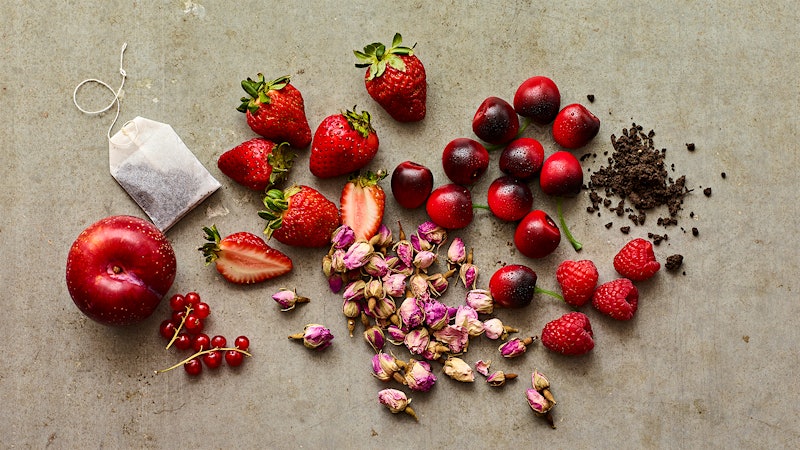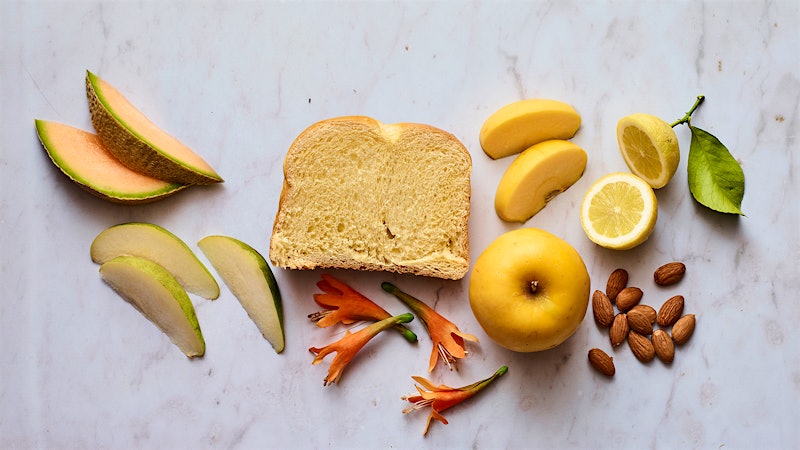[ZIN-fan-del]
Characteristics
This grape’s genetic roots can be traced to modern-day Croatia, where it's known as Crljenak or Tribidrag; both Zinfandel and the southern Italian grape Primitivo are clones of this Croatian variety. Despite its international origins, Zinfandel is most widely planted and most successful in California. Americans may associate the grape with white Zinfandel, an off-dry blush wine popular in the 1980s and '90s, but it has since come into its own as a serious red wine.
Zinfandel is a mid- to late-ripening variety with thin skins; it tends to ripen unevenly, and grows most successfully in warm climates and poor, well-drained soils. Some of the best examples are made from old vines, which limit the grape's naturally high yields and concentrate the grape's fruit flavors. In general, Zinfandels have high acidity and mild tannins, with ripe, sometimes jammy fruit flavors of cherry, raspberry and blueberry. Black pepper is also a signature trait, and some versions exhibit herbal details like sage and dill.
Where it's grown

Zinfandel icons
- California:
Suggested food pairings
- California:
- Short ribs with Carolina gold barbecue sauce
- Barbecued brisket
- Plum-soy duck breast
For more on Zinfandel
Get more scores and tasting notes for recently rated Zinfandels












